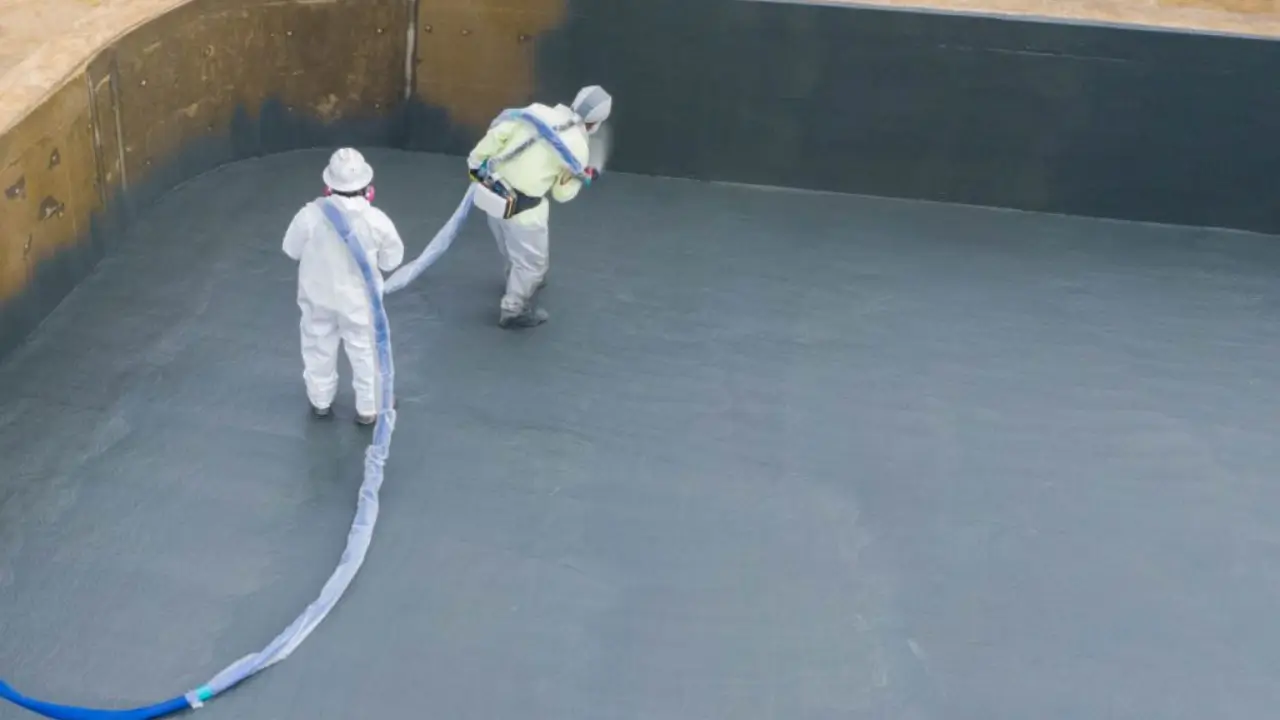
Waterproofing is one of the most critical steps in ensuring a building’s longevity and protecting its living spaces. However, in many parts of the world — including Turkey — waterproofing is often executed poorly, leading to costly repairs, structural issues, and user dissatisfaction.
In this article, we’ll walk you through the 7 most common waterproofing mistakes and provide step-by-step guidance on how to prevent them with the right materials and techniques.
1. Incorrect Material Selection
The Mistake:
Using materials that are not suitable for the surface, climate conditions, or building type is one of the most frequent errors. For example, applying only a bituminous membrane on a basement wall exposed to negative water pressure is often insufficient.
The Solution:
Material selection must follow a thorough substrate analysis. Consider water pressure (positive or negative), moisture levels, UV exposure, and mechanical stress. Products such as crystalline waterproofing mortars or polyurethane-based liquid membranes that resist both positive and negative pressure are ideal for such conditions.
2. Inadequate Surface Preparation
The Mistake:
If the substrate is dusty, oily, or loosely bonded, the adhesion of the waterproofing system suffers. This leads to blistering, cracking, and water ingress in a short time.
The Solution:
Surfaces must be clean, dry, stable, and free of contaminants. Mechanical preparation (e.g., grinding, shot blasting) may be required, followed by a suitable primer. Moisture content should be measured using a moisture meter, especially before applying moisture-sensitive materials.
3. Ignoring Construction Joints and Expansion Details
The Mistake:
Overlooking construction joints, cold joints, or expansion joints results in inevitable leakage, regardless of how good the waterproofing membrane is.
The Solution:
Flexible polyurethane sealants, PVC waterstops, or spray-applied polyurea membranes should be used in expansion joints. Cold joints must be reinforced with elastic membranes and detailed carefully to ensure full isolation.
4. Incorrect Application Thickness and Coverage
The Mistake:
Applying less material than specified may seem economical, but it significantly reduces the lifespan of the system. On the other hand, over-application can cause improper curing and surface cracking.
The Solution:
Follow the manufacturer’s technical data sheet (TDS) strictly. Apply the recommended number of coats and thickness per layer. In liquid-applied systems, allow full curing between coats, and take ambient conditions into account to avoid moisture entrapment.
5. Poor Timing – Disregarding Weather Conditions
The Mistake:
Applying waterproofing materials in extreme temperatures, rain, frost, or high humidity can compromise their chemical structure and cause premature failure.
The Solution:
Always check weather forecasts before application. Follow the recommended temperature and humidity ranges provided by the manufacturer. If rain is forecast, postpone the application or take protective measures.
6. Single-Coat and Rushed Applications
The Mistake:
In an effort to save time, many applicators complete the waterproofing in a single coat — which drastically reduces system performance, especially for multi-layer systems.
The Solution:
For brush- or roller-applied membranes, at least two or three coats are typically recommended. Respect the curing time between layers. Mechanical abrasion or priming may be needed before applying each subsequent layer, depending on the system.
7. Improper Tools and Unskilled Labor
The Mistake:
Using untrained labor or improper tools (e.g., low-quality rollers, brushes, or outdated spray equipment) not only reduces product performance but also increases the risk of failure — particularly with advanced systems like polyurea.
The Solution:
Only use equipment specified in the product’s TDS. Employ trained, experienced personnel. For example, polyurea systems require 2K high-pressure airless spray machines, while epoxy systems need special mixing paddles and textured rollers. Always stay in close contact with the manufacturer’s technical support team during application.
The Formula for Long-Term Waterproofing:
Right Material + Right Application = Long-Lasting Protection
Unfortunately, the mistakes above are still widely seen across many construction sites. But every one of them is preventable with the right knowledge, proper training, and high-quality materials.
Remember: mistakes in waterproofing can lead to irreversible damage and high repair costs. In contrast, proper detailing, reliable products, and expert application can protect your structure for decades.
At Dryfix, we support architects, engineers, and waterproofing professionals with product selection and on-site application consultancy. If you’re planning a project and want to avoid costly errors, contact us today to get free guidance from our technical experts.
